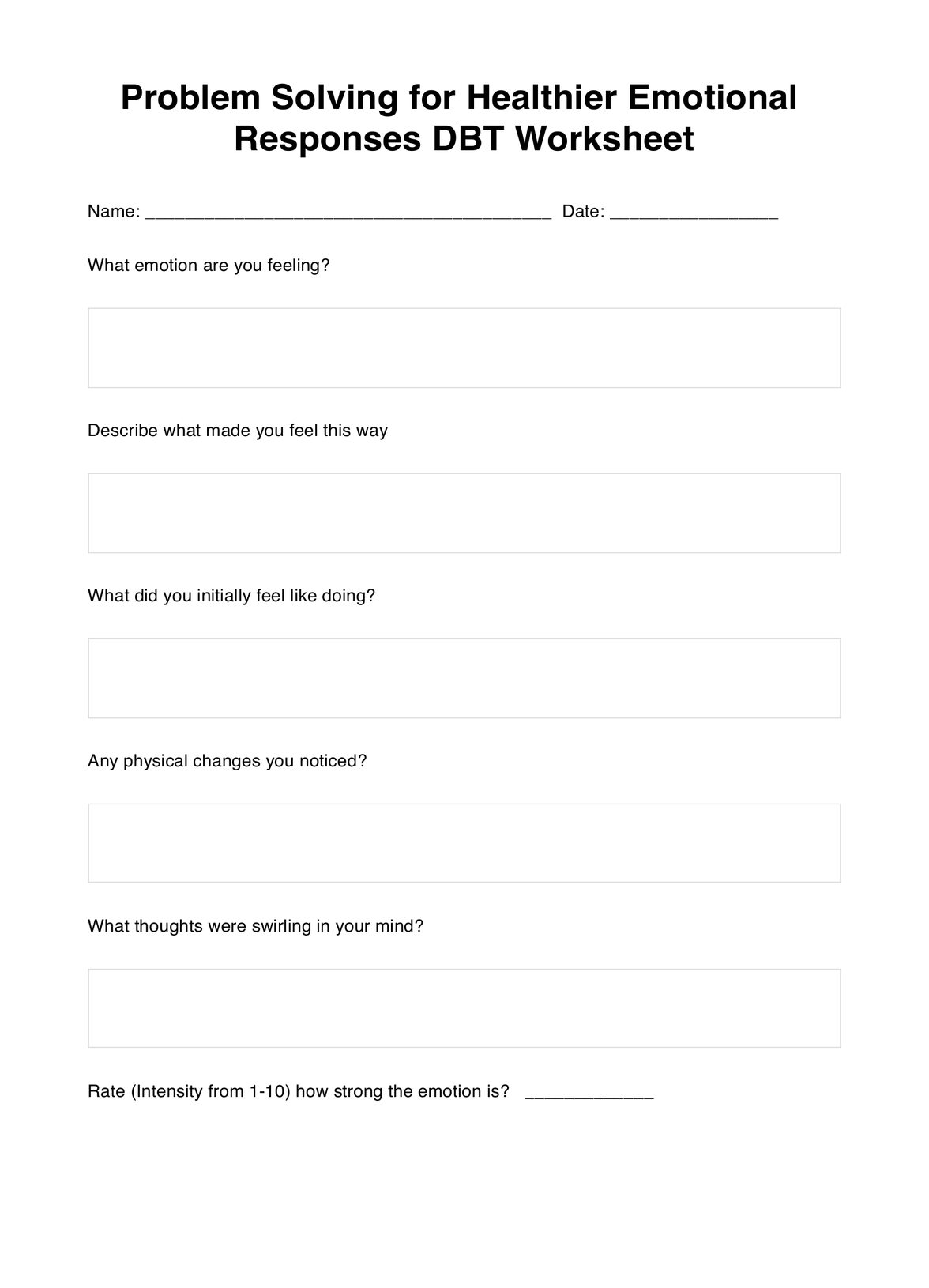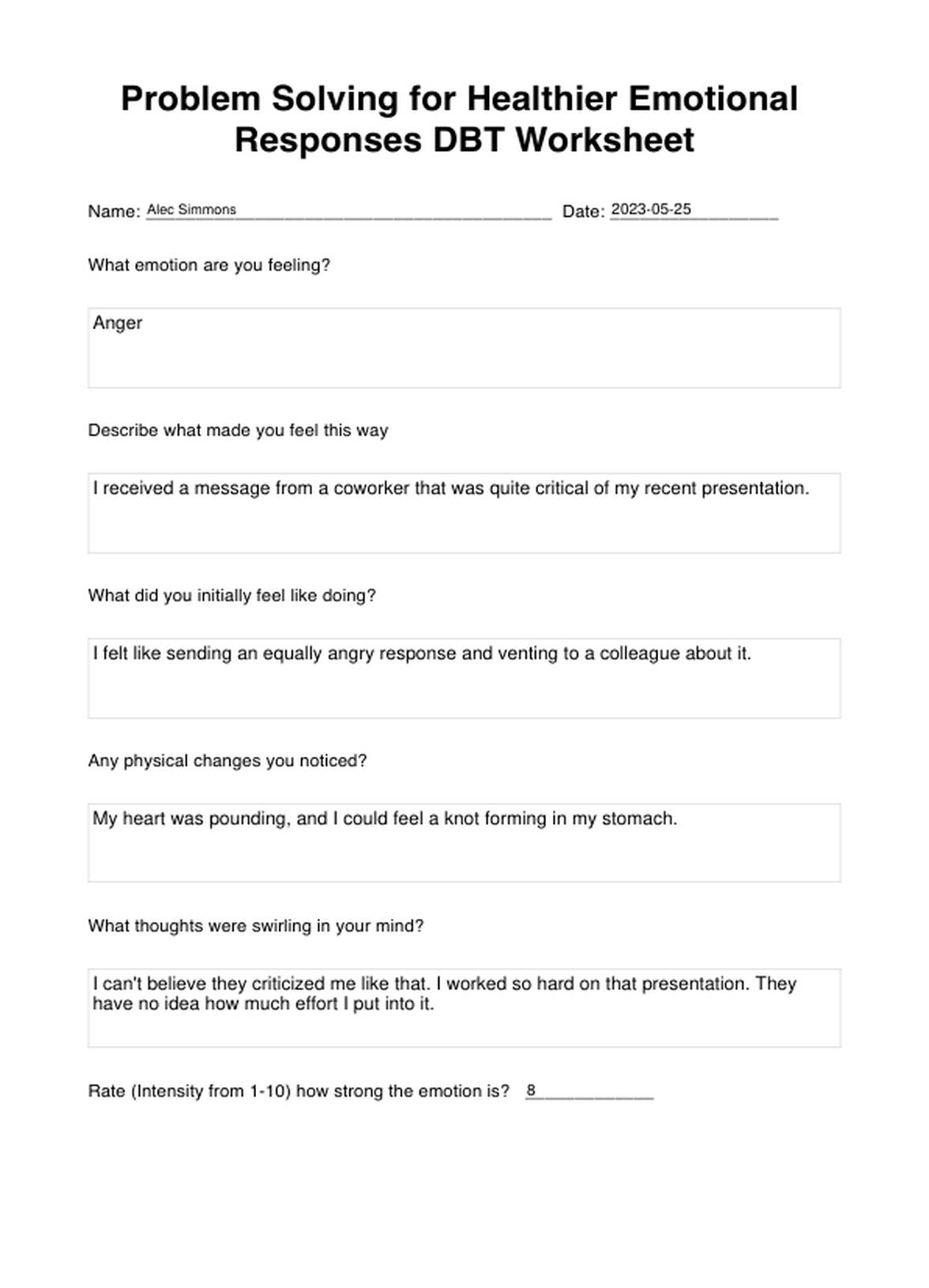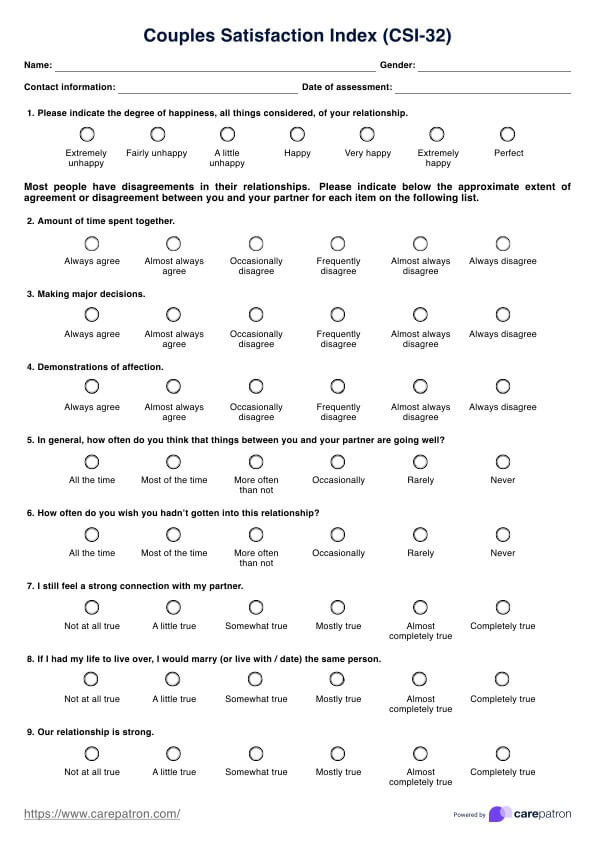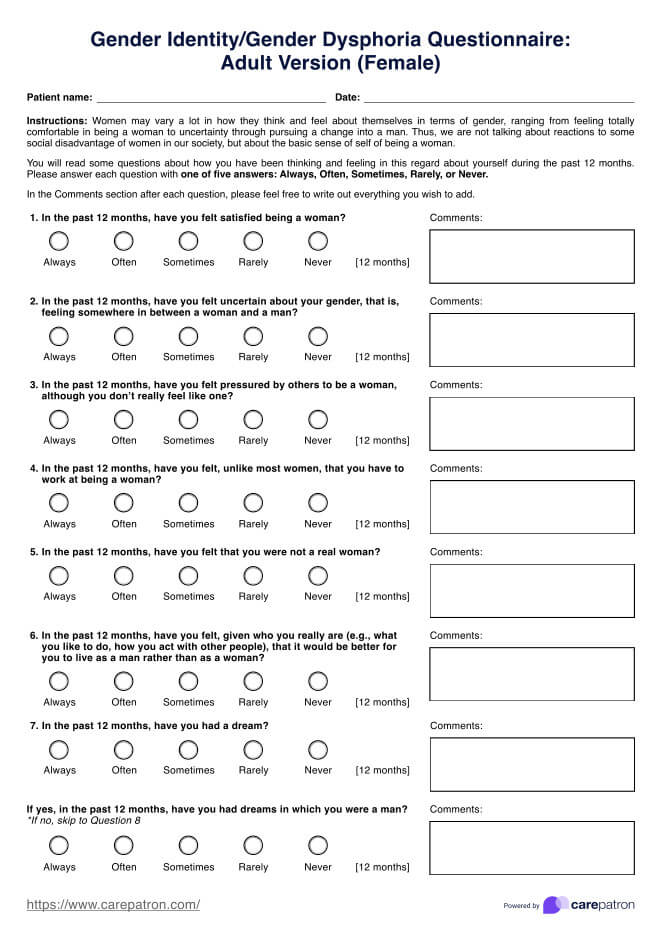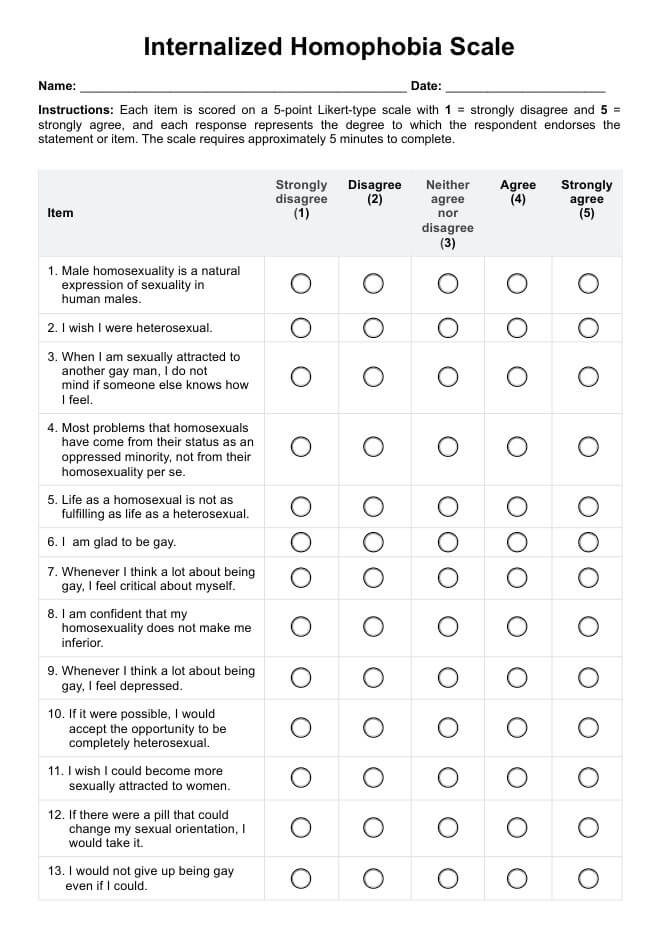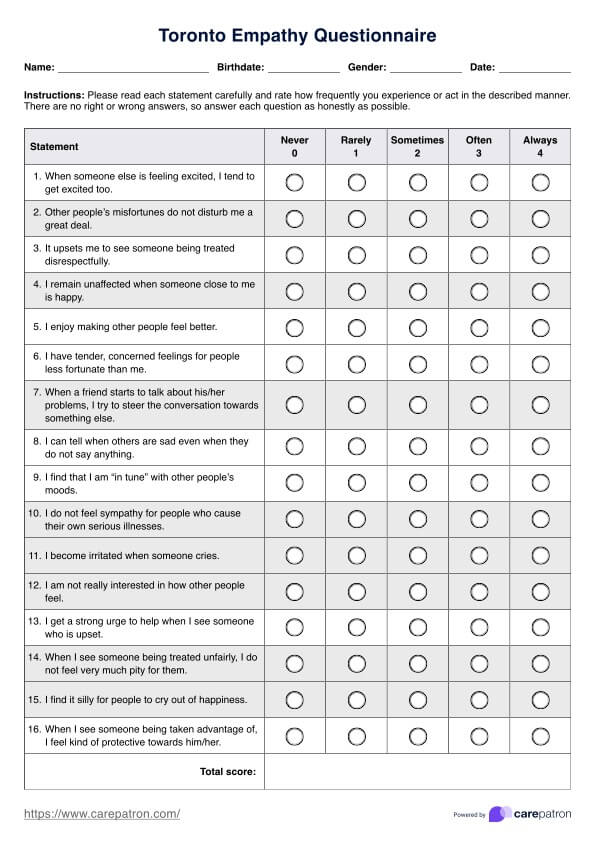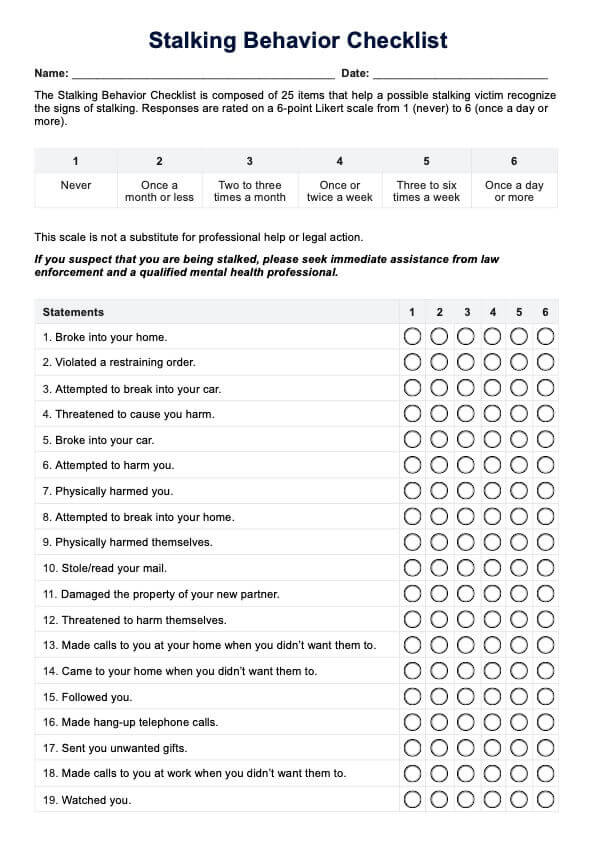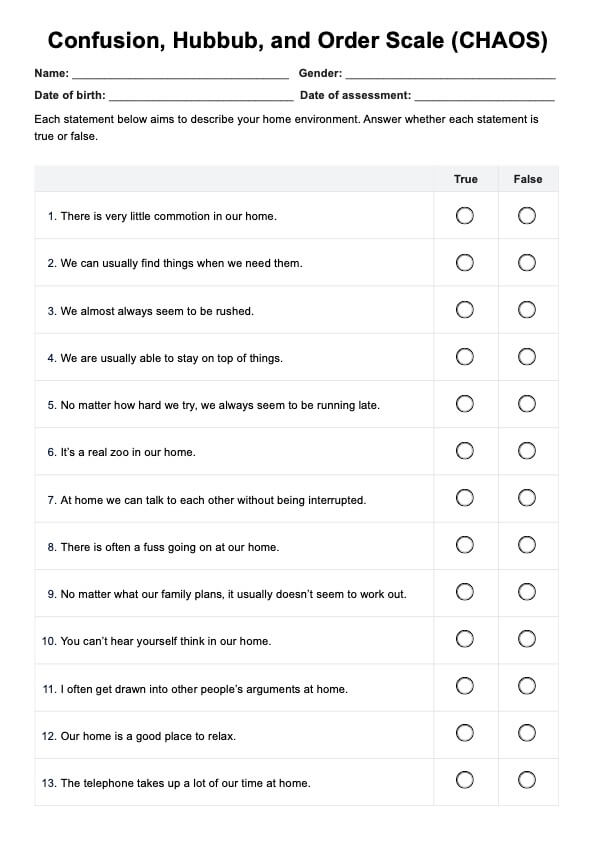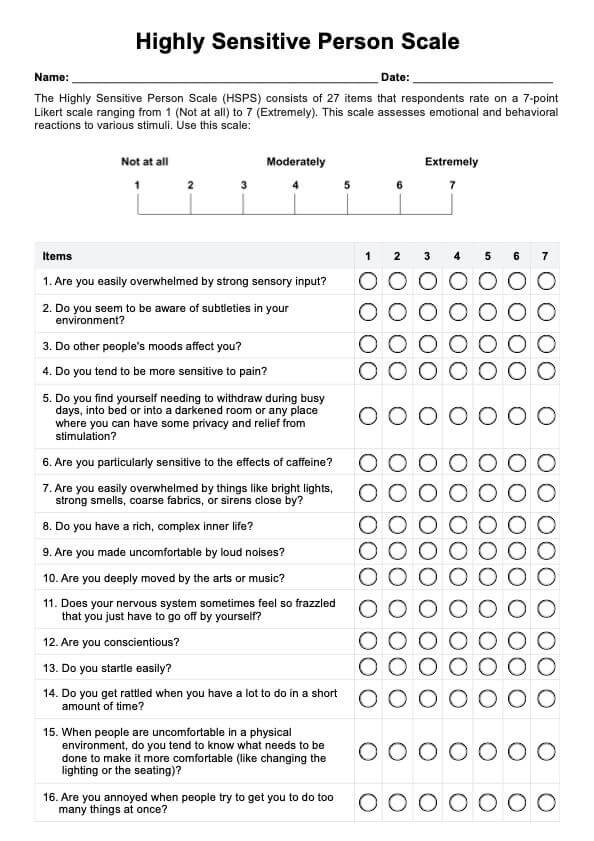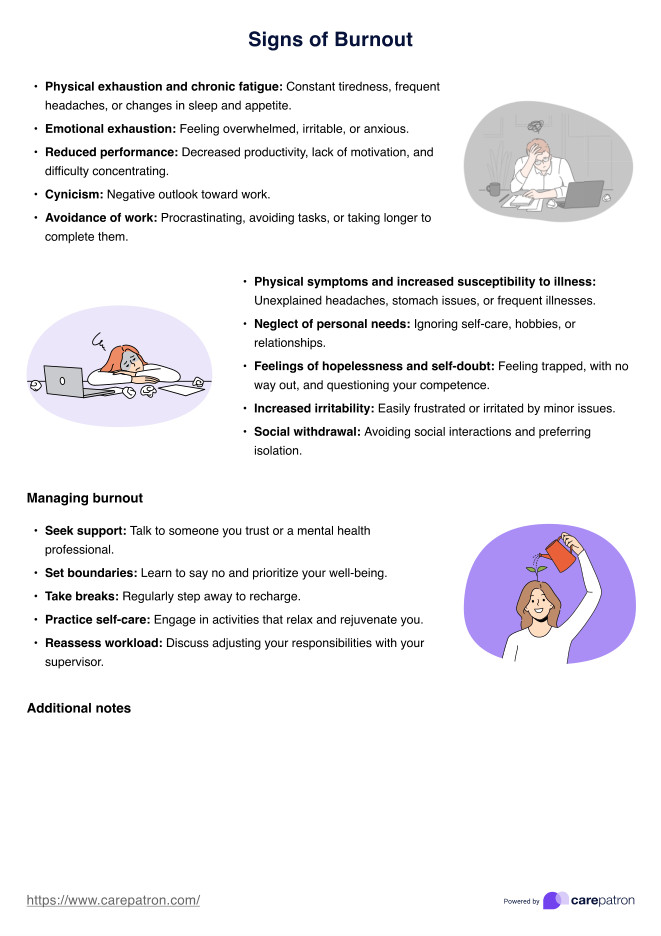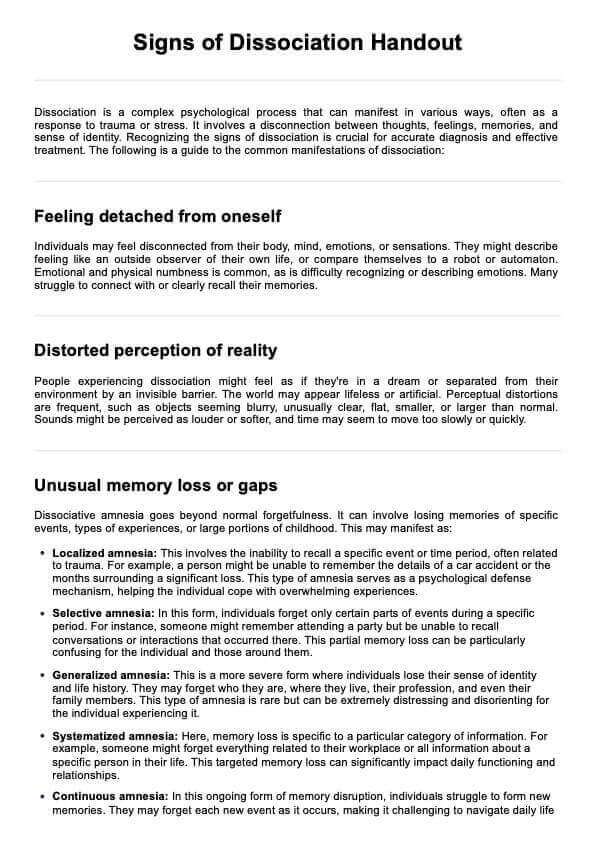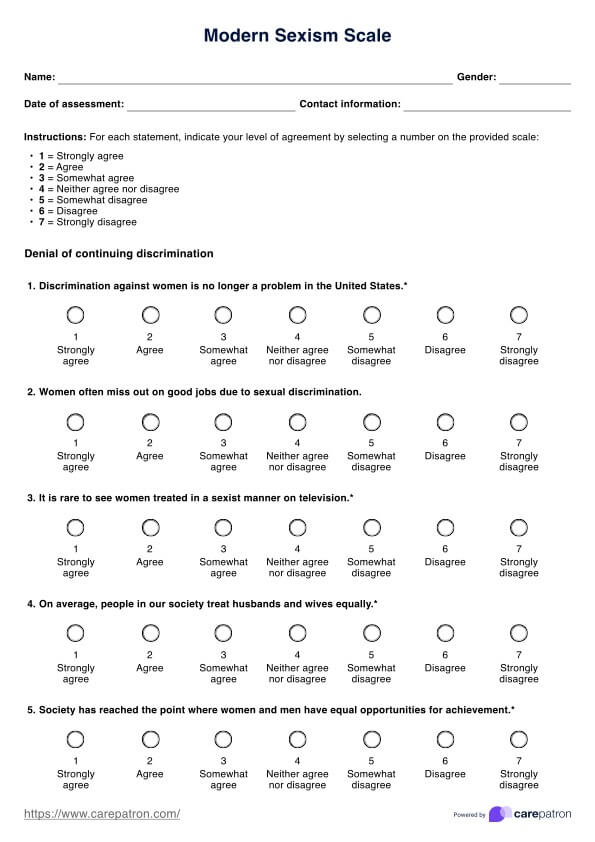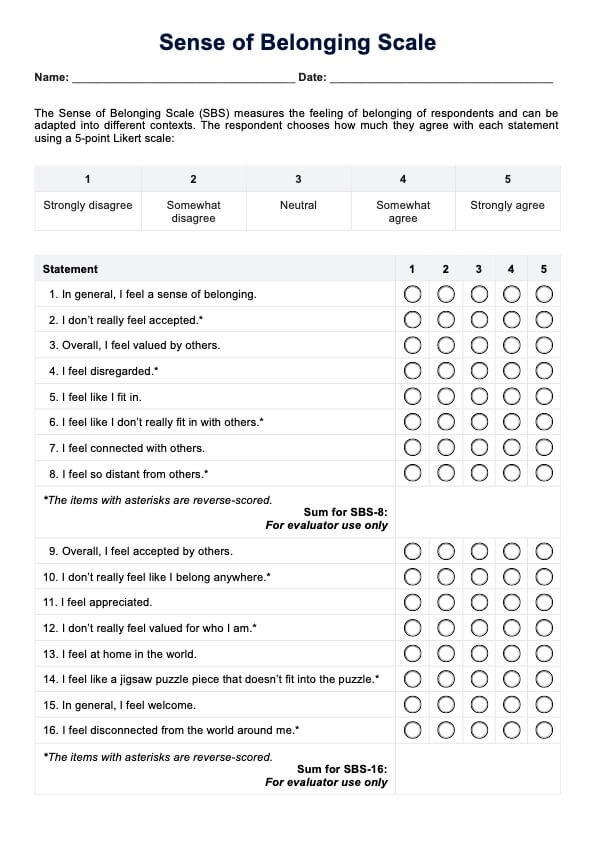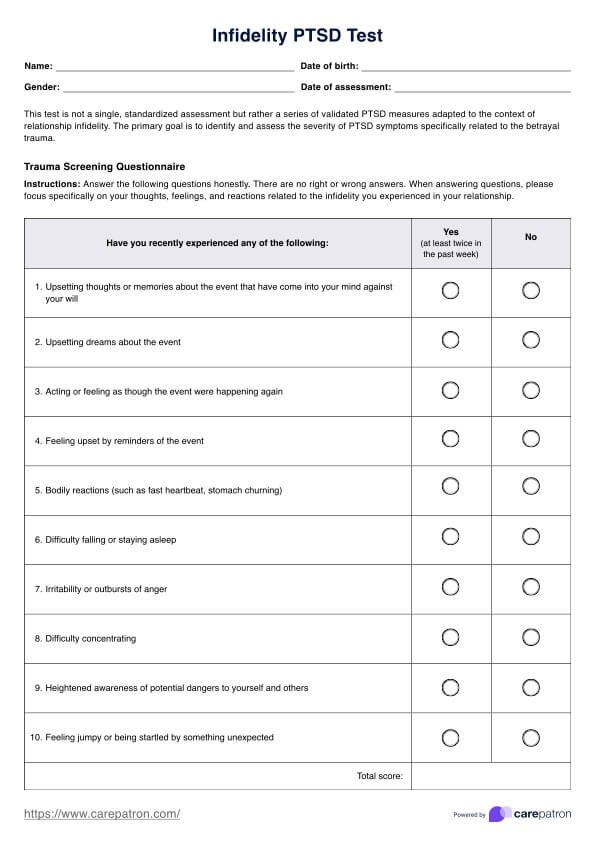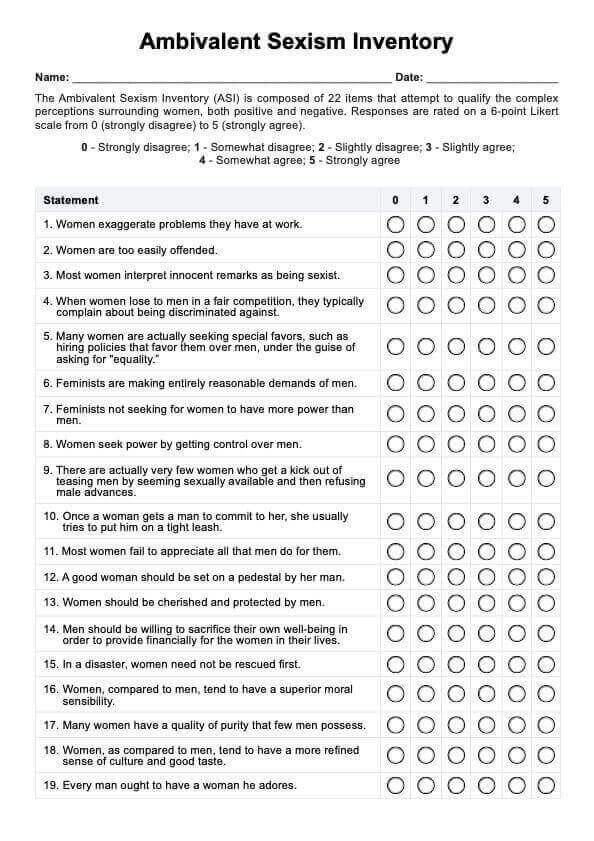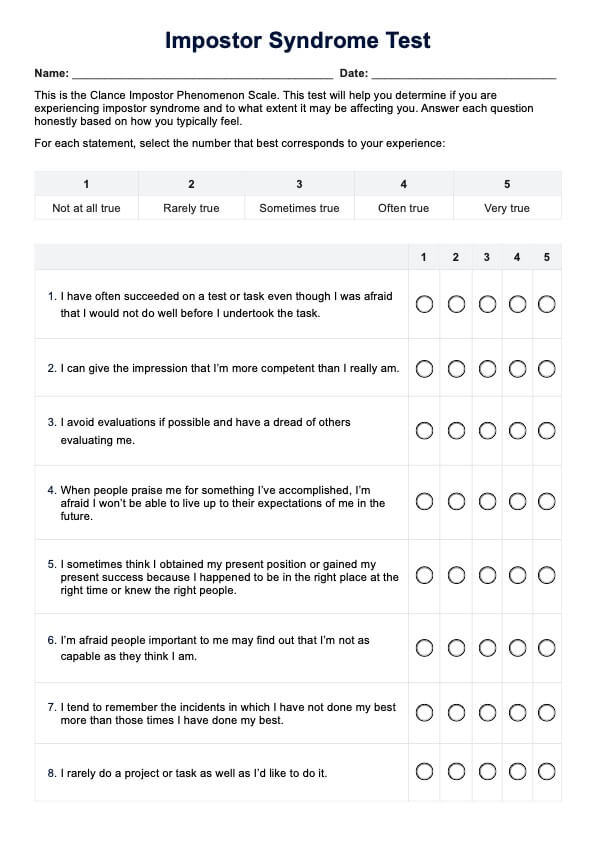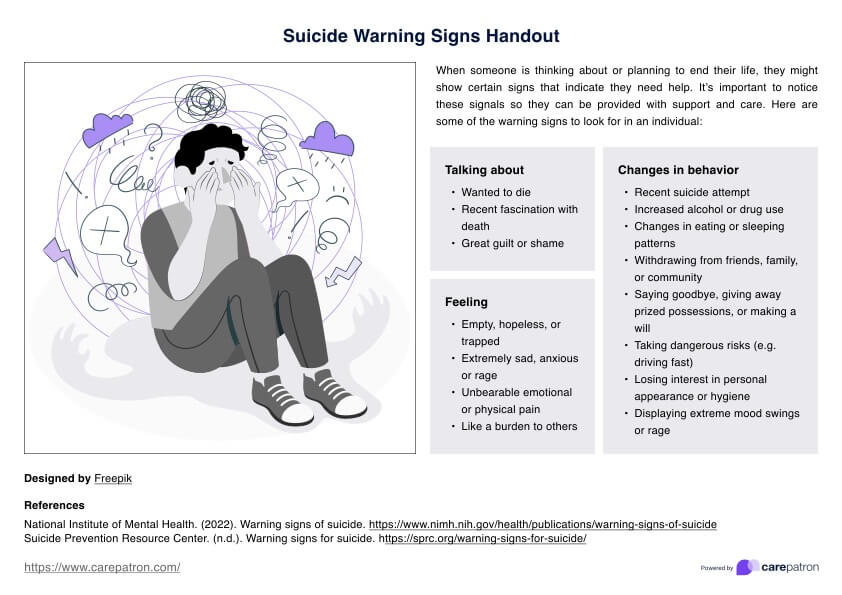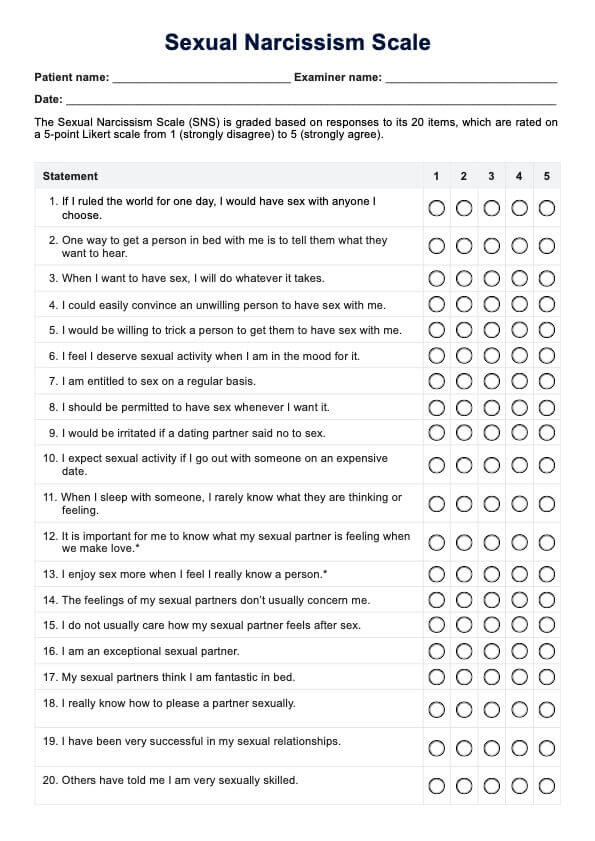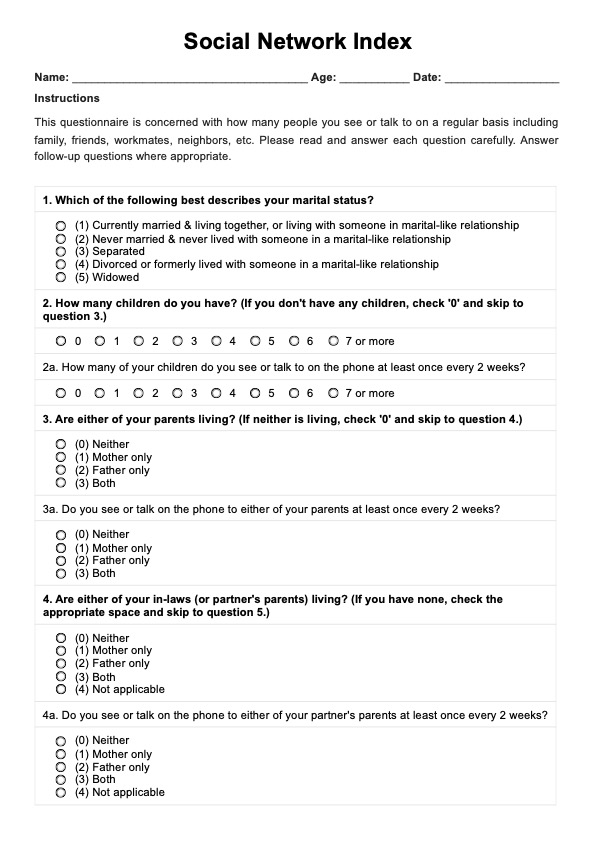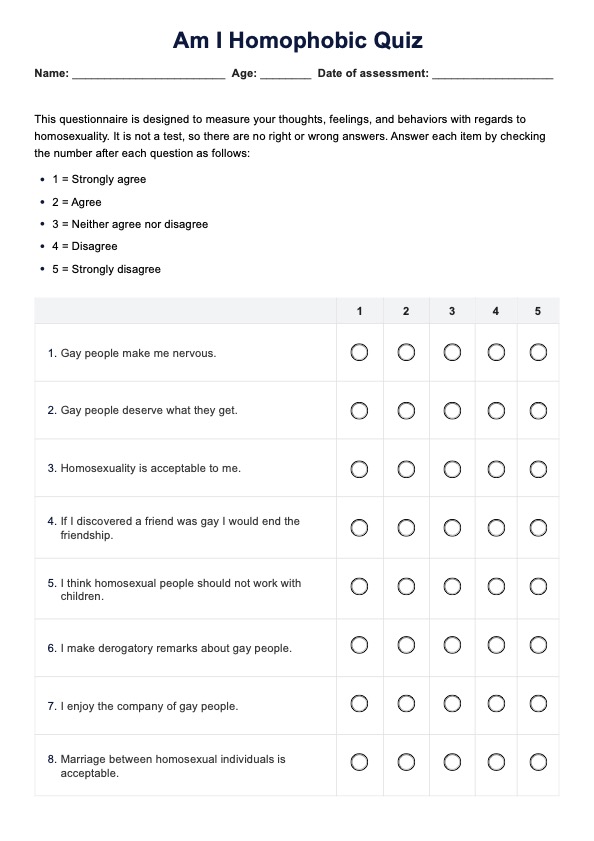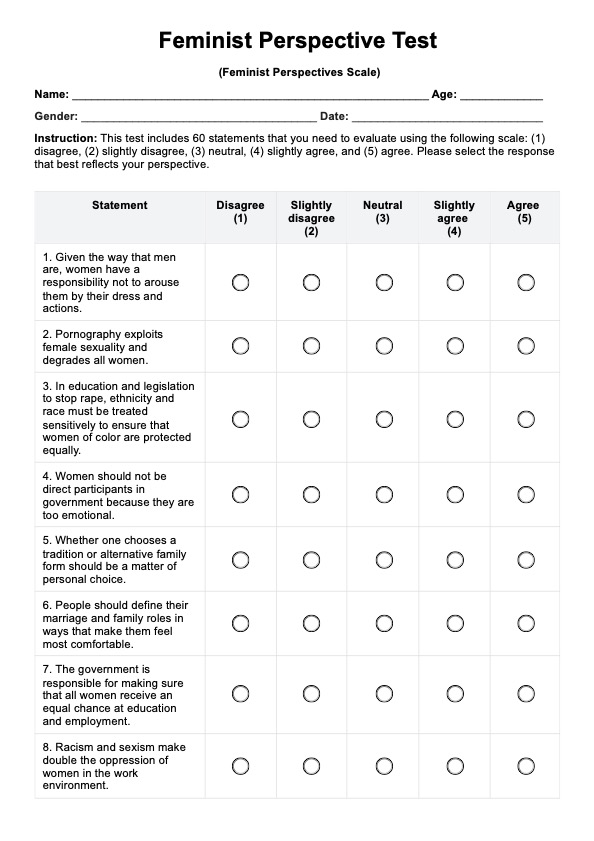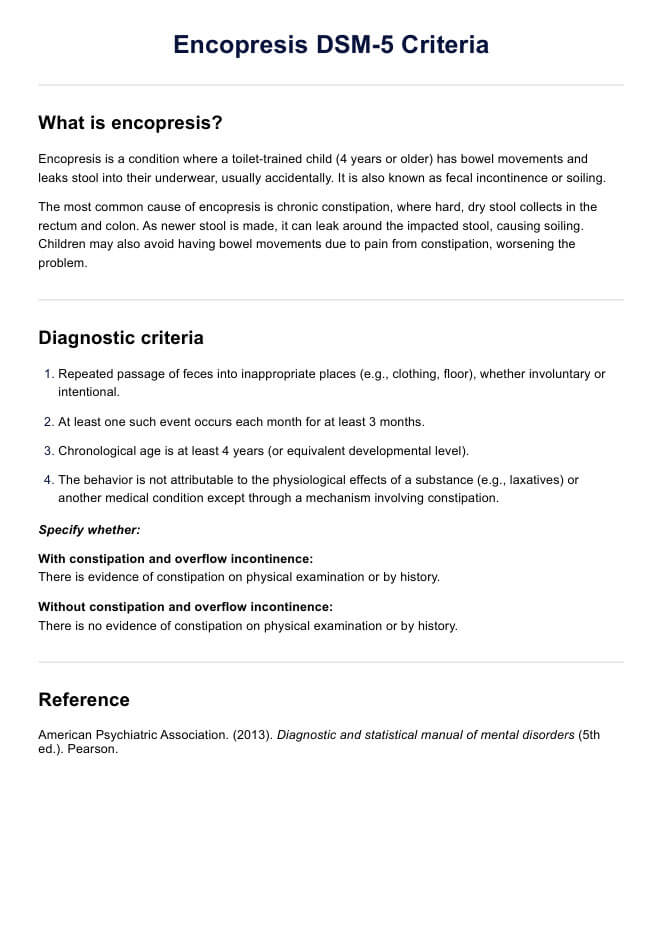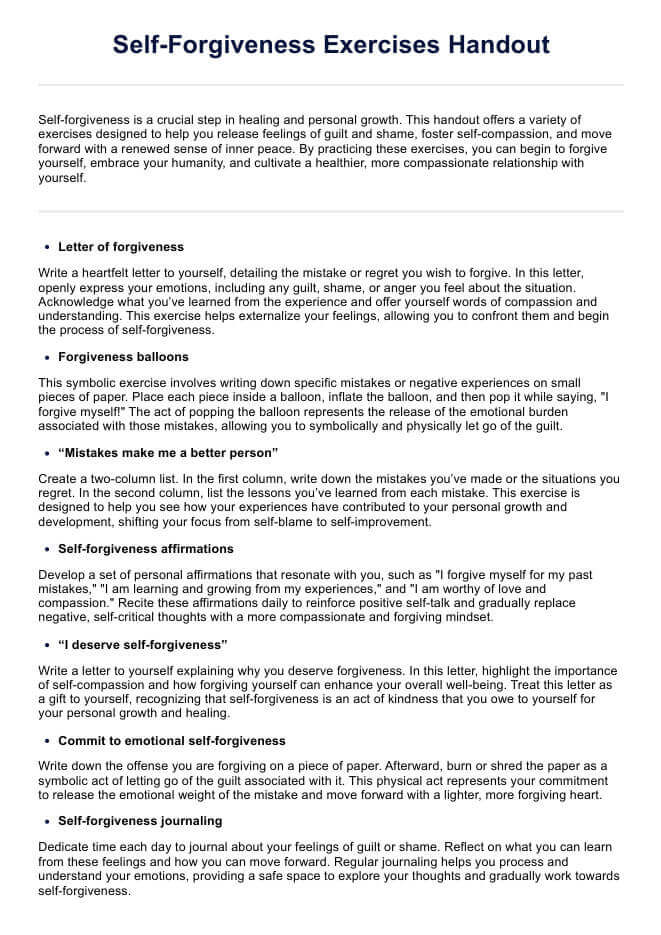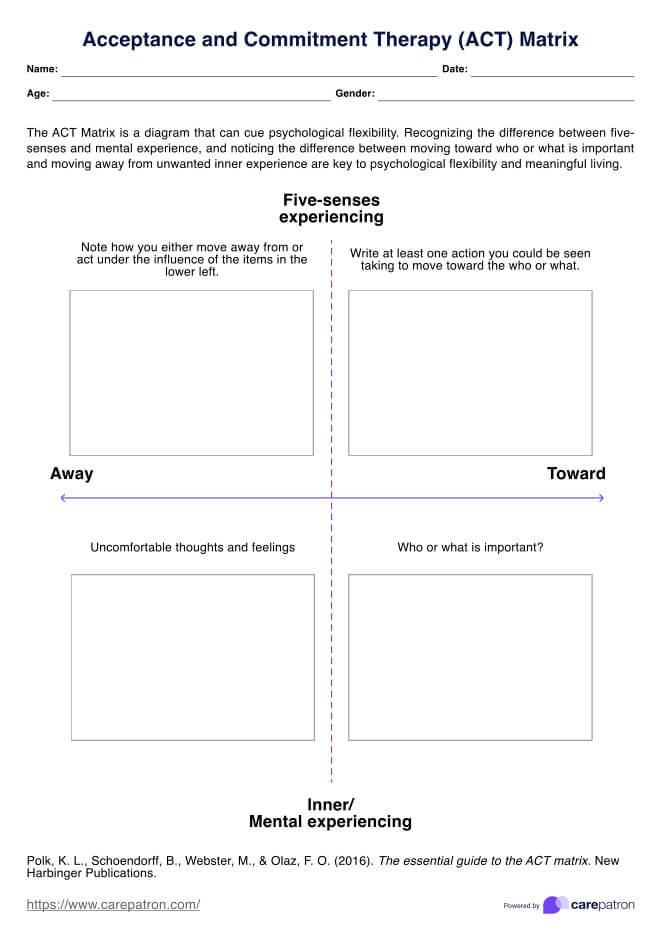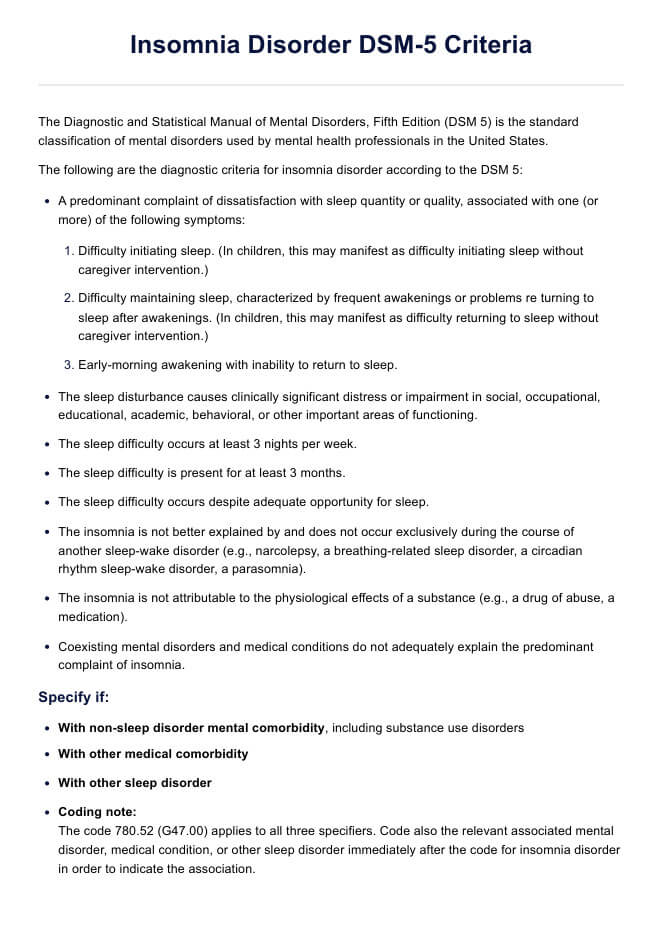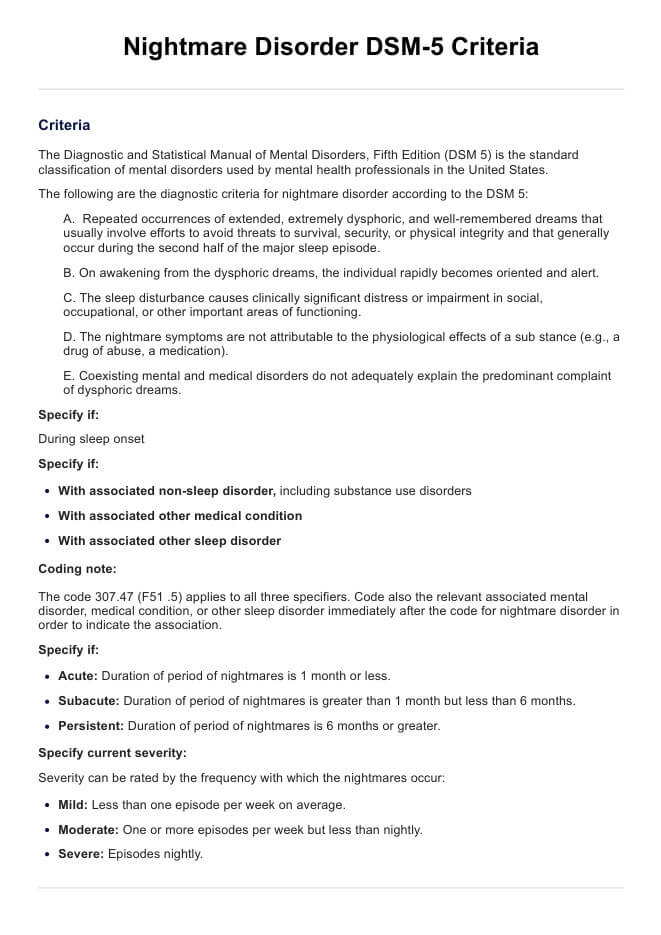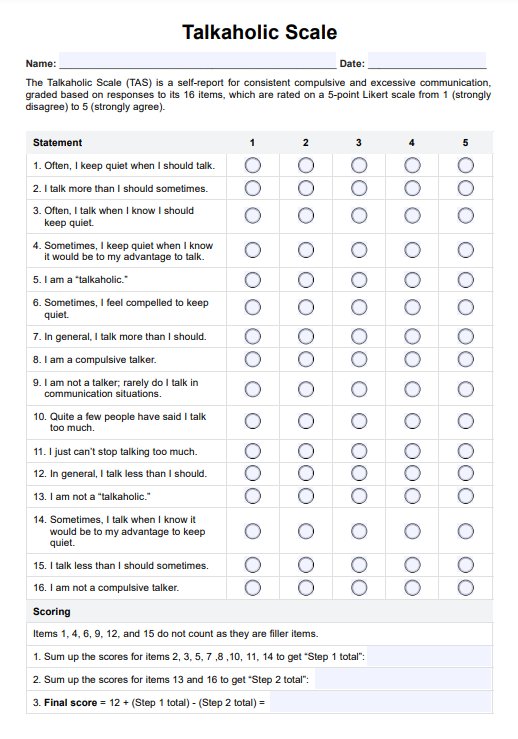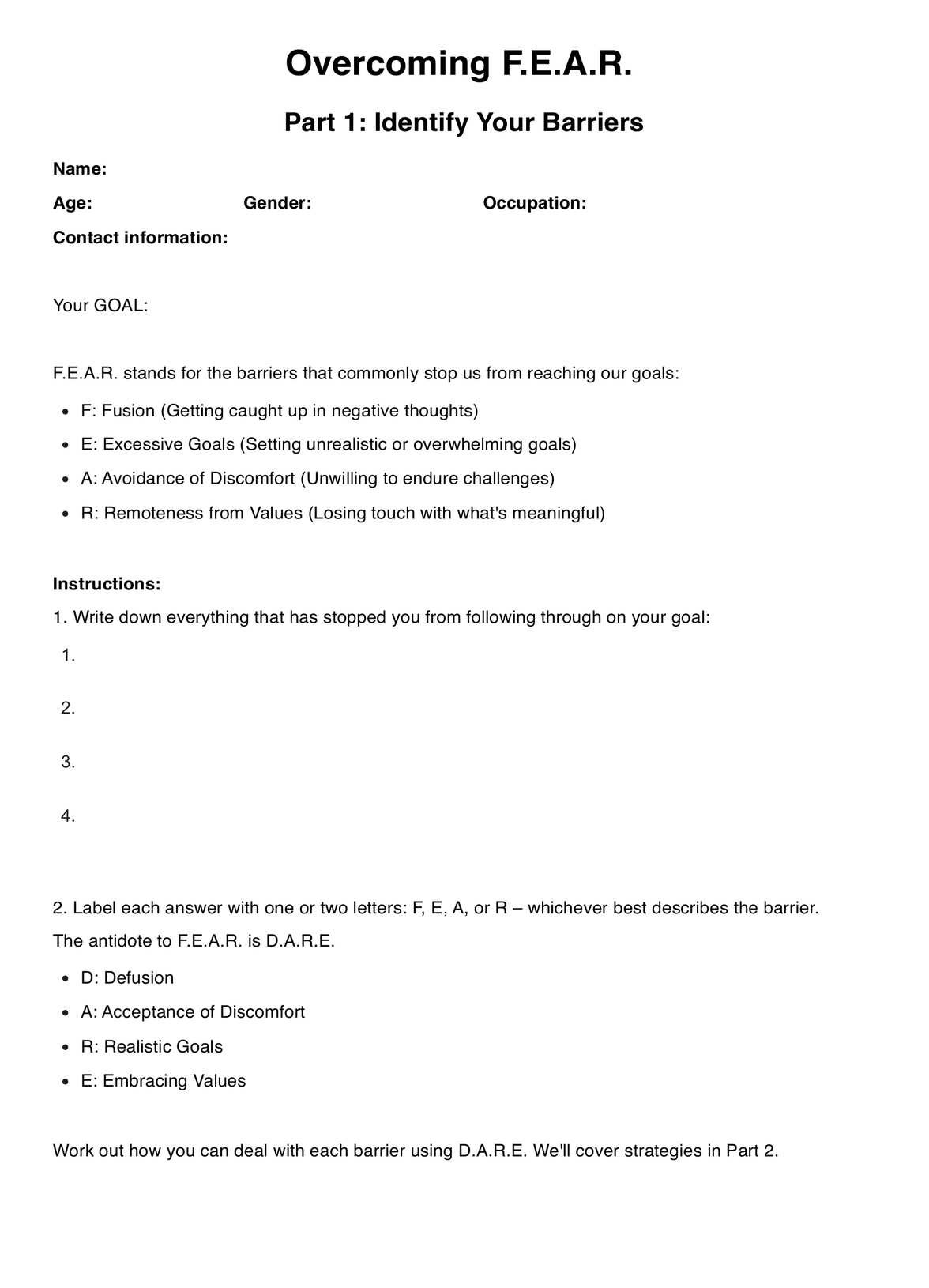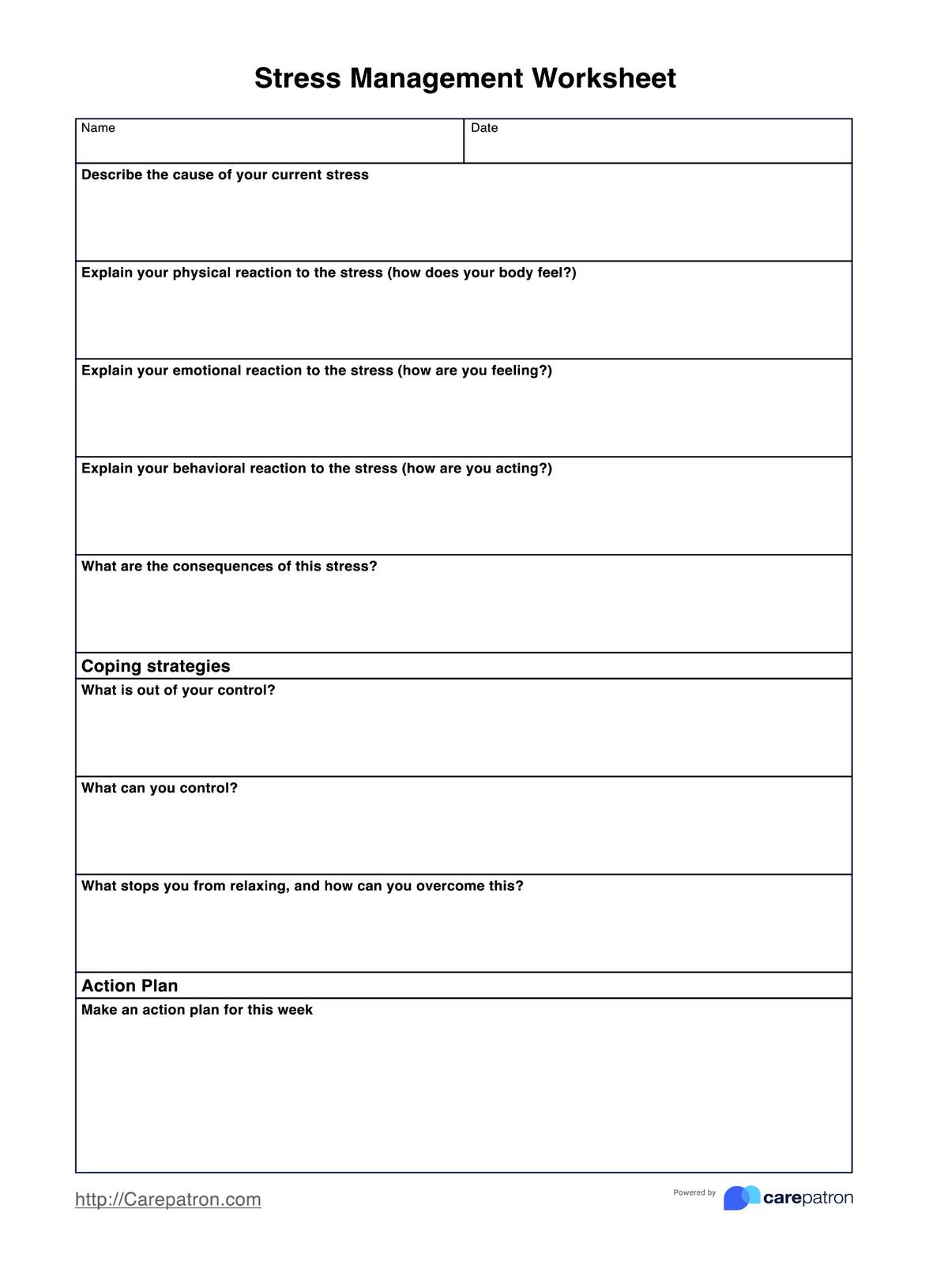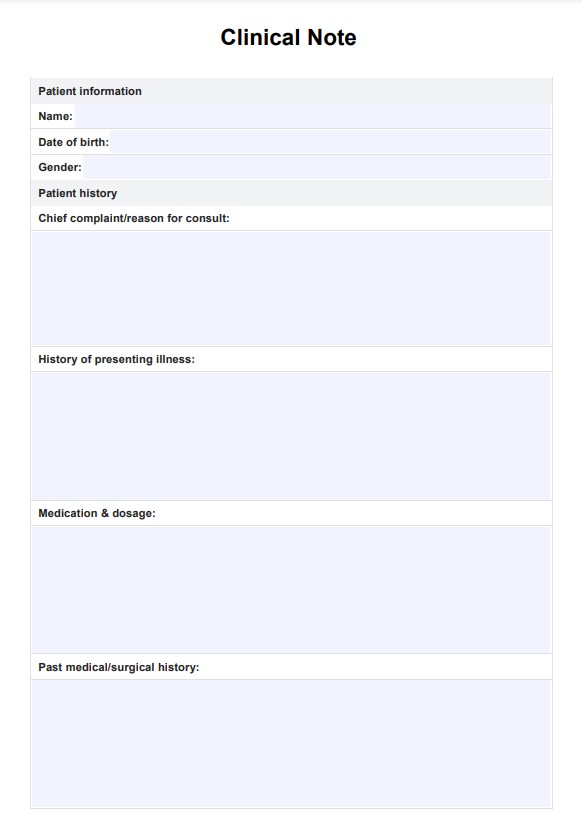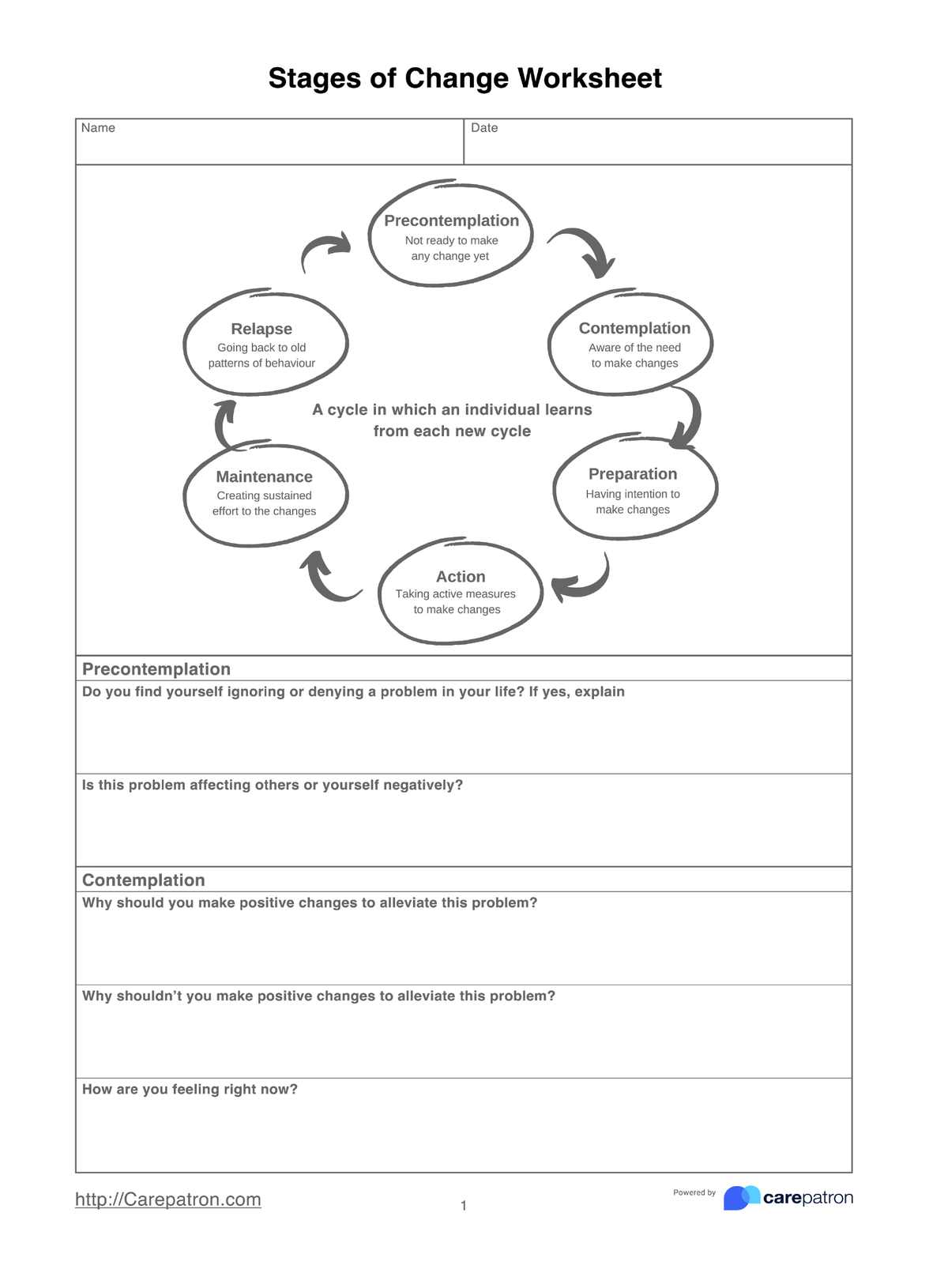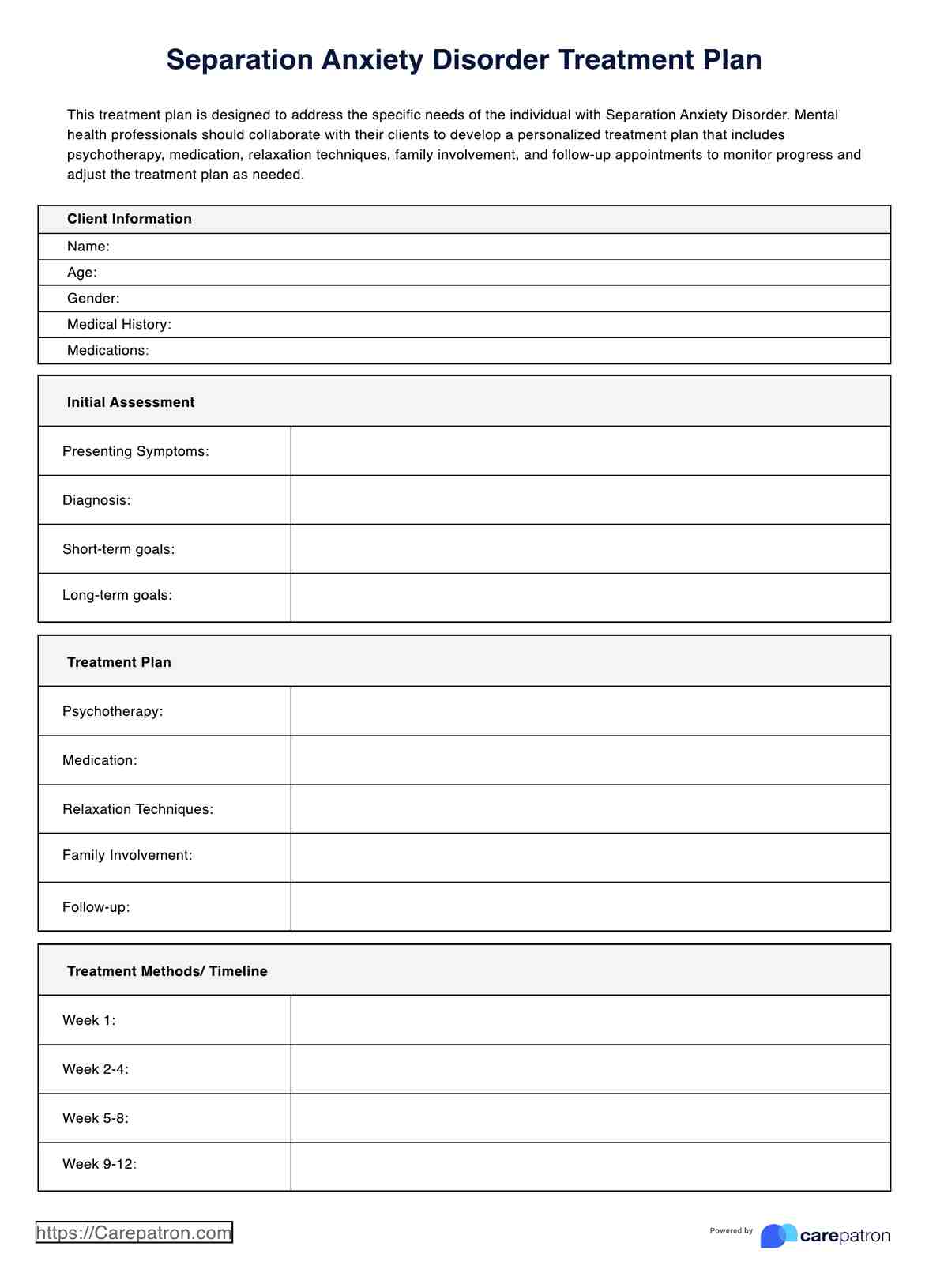Problem Solving for Healthier Emotional Responses DBT Worksheet
Enhance emotional well-being with the Problem Solving for Healthier Emotional Responses DBT Worksheet. Manage emotions effectively for a healthier you.


What is Dialectical Behavior Therapy?
Dialectical Behavior Therapy (DBT) is a therapeutic approach developed by psychologist Dr. Marsha M. Linehan, primarily aimed at helping individuals regulate emotions and manage emotional impulses. DBT combines cognitive-behavioral techniques with mindfulness principles, making it effective for various mental health challenges, especially borderline personality disorder.
At its core, DBT equips individuals with practical skills to navigate emotional turmoil and impulsive reactions. These skills are grouped into four key areas: emotion regulation, distress tolerance, interpersonal effectiveness, and mindfulness. Emotion regulation skills empower individuals to identify, understand, and modulate intense emotions, promoting emotional balance.
Distress tolerance skills teach individuals how to endure difficult emotions without resorting to harmful behaviors, fostering resilience. Interpersonal effectiveness skills enhance communication and relationship management, reducing conflicts that trigger emotional distress. Mindfulness skills encourage being present in the moment and cultivating non-judgmental awareness of emotions.
operates on the philosophy of dialectics, encouraging the integration of opposing viewpoints – self-acceptance and change. By striking this balance, individuals learn to avoid extreme thinking patterns and make informed choices in emotionally charged situations. Overall, DBT offers a comprehensive toolkit to regulate emotions, control impulsive behaviors, and foster emotional well-being through a synthesis of acceptance and change.
Problem Solving for Healthier Emotional Responses DBT Worksheet Template
Problem Solving for Healthier Emotional Responses DBT Worksheet Example
How to use the Problem Solving for Healthier Emotional Responses DBT Worksheet
The "Problem Solving for Healthier Emotional Responses DBT Worksheet" is a practical tool designed to help individuals manage their emotions more effectively. It draws from Dialectical Behavior Therapy (DBT) principles and offers a structured approach to transforming challenging emotions into positive outcomes. This worksheet guides users through a series of steps to understand, address, and cope with overwhelming emotions in a healthier way.
Step 1: Access the Worksheet
Begin by obtaining the "Problem Solving for Healthier Emotional Responses DBT Worksheet" template. This serves as your roadmap to navigate emotional challenges constructively.
Step 2: Identify Emotion and Trigger
Pinpoint the specific emotion you're experiencing and describe the triggering event or situation. This helps you gain clarity on what sparked the emotional response.
Step 3: Initial Reaction and Physical Sensations
Detail your immediate emotional and behavioral reaction, and note any physical sensations accompanying the emotion. This step heightens self-awareness.
Step 4: Recognize Thoughts
Capture the thoughts that emerged during the emotional surge. Understanding your thought patterns is key to redirecting them.
Step 5: Choose a Strategy
Select a strategy from the list provided:
- Take a Moment: Engage in enjoyable activities.
- Do the Opposite: Act contrary to your initial impulse.
- Write It Out: Pour your feelings onto paper.
- Creative Outlet: Express emotions through art.
Step 6: Reflection and Growth
Implement the chosen strategy and reflect on its effectiveness. Consider what you learned from the experience and recognize your progress in managing emotions.
When would you use this Problem Solving for Healthier Emotional Responses DBT Worksheet?
The "Problem Solving for Healthier Emotional Responses DBT Worksheet" is a valuable tool for individuals facing intense or overwhelming emotions and seeking constructive ways to manage them. This assessment can be employed during various situations to promote emotional regulation and well-being.
Times of Heightened Emotions: When people experience strong emotions such as anger, anxiety, or sadness, this worksheet can help them gain insight into their reactions, thoughts, and physical sensations. It provides a structured approach to handling intense feelings and preventing impulsive reactions.
Stressful Life Events: During challenging life events like relationship issues, work stress, or major life transitions, emotions can run high. This worksheet assists individuals in processing their emotions, making informed decisions, and responding effectively to these situations.
Therapeutic Settings: Mental health professionals, including therapists, counselors, and psychologists, can utilize this worksheet in DBT therapy sessions. It complements the therapeutic process by enabling clients to practice emotion regulation strategies and enhancing their emotional intelligence.
Self-Care and Prevention: The worksheet isn't limited to crises. It can also be used proactively in a self-care routine to enhance emotional resilience. Regularly engaging with the worksheet helps individuals build a toolkit for managing emotions over time.
Group Therapy: In group therapy settings, the worksheet can facilitate discussions around emotions and coping strategies. Participants can share their insights and learn from each other's experiences.
Educational Settings: Schools and educational institutions can integrate this worksheet into emotional intelligence programs, teaching students valuable skills for navigating feelings and enhancing interpersonal relationships.
What are the benefits of using this Problem Solving for Healthier Emotional Responses DBT Worksheet?
Emotional regulation is a vital aspect of mental well-being, and the "Free Problem Solving for Healthier Emotional Responses DBT Worksheet" offers a structured approach to enhancing emotional management skills. This worksheet provides several noteworthy benefits, supported by research and clinical experience:
Enhanced Emotional Awareness
The worksheet prompts users to identify and describe their emotions, triggering events, and physical sensations. Research suggests recognizing and labeling emotions can lead to better emotional regulation and psychological well-being (Kashdan et al., 2015).
Effective Coping Strategies
By guiding users through selecting appropriate strategies, the worksheet promotes the adoption of healthier coping mechanisms. This can lead to reduced emotional distress and more adaptive responses to stressors.
Empowerment in Decision-Making
Engaging with the worksheet allows individuals to pause, reflect, and choose how to respond to challenging emotions. This empowers them to make more informed and thoughtful decisions in the heat of the moment.
Personalized Growth and Learning
Regularly using the worksheet encourages a learning process where individuals gain insights into their emotional patterns and strategies that work best for them. This iterative process promotes personal growth and resilience over time.
Supplement to Therapeutic Interventions
Mental health professionals can integrate the worksheet into therapy sessions, enhancing the effectiveness of interventions like Dialectical Behavior Therapy. This tool complements therapeutic efforts in teaching clients practical skills to manage their emotions.
Accessible Self-Care Tool
The availability of a free downloadable worksheet makes it accessible to a wide audience. Individuals can use it independently as a self-care tool to navigate emotions and build emotional intelligence.
Note: You can also use the Interpersonal Effectiveness Skills template to enhance your practice by focusing on improving clients' communication and relationship skills. Additionally, the Dialectical Behavior Therapy template provides a structured approach to help manage emotions and interpersonal challenges. Both templates are valuable for promoting effective therapy outcomes and supporting client progress.
Commonly asked questions
The time it takes to complete the Problem Solving for Healthier Emotional Responses DBT Worksheet can vary based on individual engagement and the complexity of the emotions being addressed. Generally, it might take around 15 to 30 minutes to work through the worksheet thoroughly.
The Problem Solving for Healthier Emotional Responses DBT Worksheet assists individuals by providing a structured framework to navigate intense emotions. It helps them recognize triggers, assess reactions, and choose effective strategies to manage emotions constructively, ultimately leading to improved emotional regulation and well-being.
This worksheet is best used when individuals experience heightened emotions, encounter stressors, or want to enhance their emotional management skills. It's particularly beneficial during moments of emotional turmoil, major life events, or as part of regular self-care routines.
The Problem Solving for Healthier Emotional Responses DBT Worksheet is suitable for a wide range of individuals. It's valuable for anyone looking to develop healthier emotional responses, manage stress, and enhance emotional intelligence. Mental health professionals, therapists, counselors, and educators can also utilize this worksheet as a tool to guide their clients or students in managing emotions effectively.


